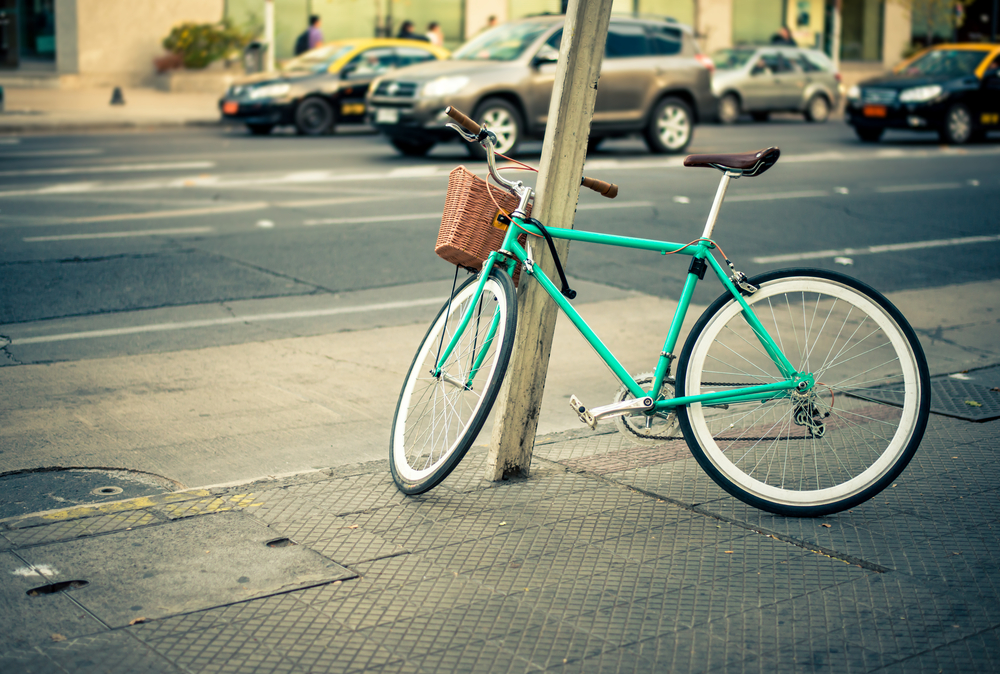Breaking
Chileans design a ‘bike that can’t be stolen’
SANTIAGO, Chile — It’s a bicyclist’s dream: a bike that can’t be stolen.
The “Yerka,” a prototype designed by three young Chilean engineering students, is the latest entry in a recent trend of bikes that can be locked using some of their own parts. They include Brooklyn-based “Seatylock,” which uses its saddle seat as a lock, and Seattle-based “Denny,” which is locked with its detachable handlebars.
But the inventors of the Yerka have made a twist in that approach. The bike’s lower frame opens up into two arms that are then connected to the seat post and locked to a post, so thieves would have to destroy a Yerka to get it unlocked, leaving it valueless.
“That’s why our motto is `a bike that gets stolen is no longer a bike.’ What we have here is truly an unstealable bike,” said Cristobal Cabello, who came up with the design during a college engineering class with childhood friends Andres Roi Eggers and Juan Jose Monsalve.
In Chile and elsewhere in Latin America, the spread of designated cycling lanes, storage racks and bike share programs are encouraging commuters to switch from cars to bikes, which are cheaper and environmentally friendly.
Cristobal Galban, who holds a doctorate in naval and environmental engineering and is director of the sustainability research center at Santiago’s Andres Bello University, said a study by his team in 2013 found that “the use of bikes has doubled among Chileans” in five years.
“The main problem in Chile and elsewhere are the robberies, so the Yerka could help solve this,” said Galban, whose own bike was recently stolen.
Tony Hadland, co-author with Hans-Erhard Lessing of “Bicycle Design: An Illustrated History,” called the Chileans’ design “very clever.”
There have been relatively few attempts to incorporate anti-theft precautions into bicycle design, the British writer said.
Leaving aside the familiar shackle locks and chains with locks, most anti-theft accessories have been bolt-on devices, he said. The latter usually involve a piece that passes between the spokes to stop the wheel rotating, but they can still be easily picked open by a thief, he said.
“The most effective strategy commonly used in London today is to take the bike into the office with you,” Hadland said. “The Brompton folding bicycle, now almost an icon of London, is so compact and so easy and reliable to fold that many cycling commuters take their Bromptons into the office.”
“Other anti-theft strategies involve using a bike that looks so unattractive that nobody will want to steal it,” he said.
The young Chilean engineers said they began experimenting with their idea after Roi’s bicycle was stolen. First they built a PVC model, then constructed a working prototype.
Now, while waiting for the patent to be approved and carrying out more tests on the bike’s resistance to thieves, the team plans to launch a crowd funding campaign seeking to raise funds. They’re also looking for a partner who can invest 0,000 needed to produce a first batch of 1,000 bikes that they hope will be sold by mid-2015.






















